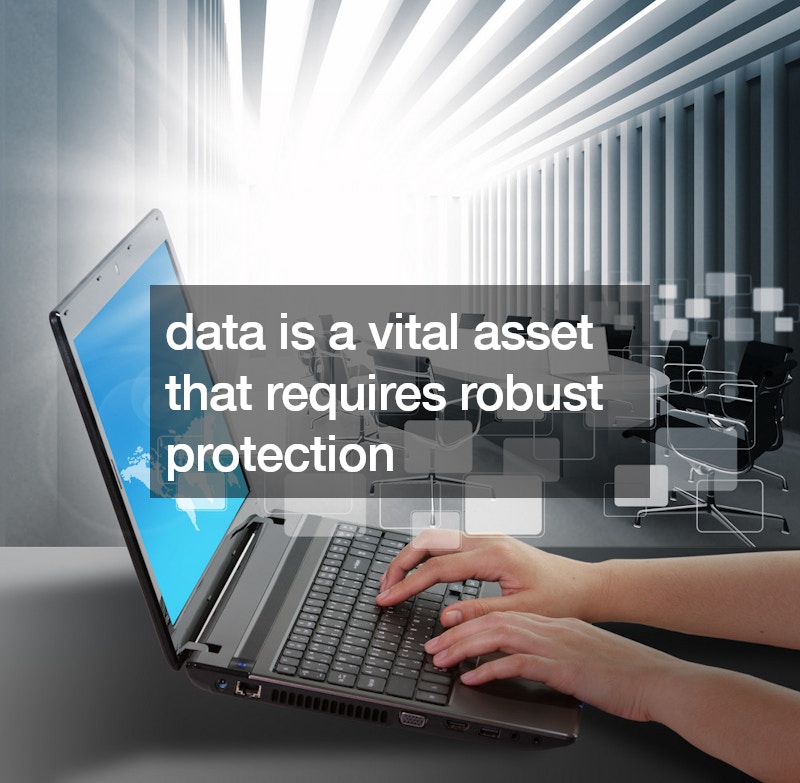In today’s rapidly evolving business landscape, data is a vital asset that requires robust protection. Disasters, whether natural or man-made, can strike unexpectedly, leading to potential data loss and significant operational disruptions. Therefore, having a reliable disaster recovery (DR) backup plan is crucial for ensuring business continuity. Selecting a safe DR backup service provider is a critical step in safeguarding your data and maintaining uninterrupted operations. This comprehensive guide will walk you through the essential factors to consider when evaluating and choosing a safe DR backup service provider.
Understanding the Importance of Safe DR Backup
Before delving into the evaluation criteria, it’s essential to grasp why a safe DR backup is paramount. Disaster recovery involves strategies and technologies designed to recover data and resume business operations after a catastrophic event. A safe DR backup ensures that your data is protected, recoverable, and accessible in the event of a disaster. This layer of security is crucial for minimizing downtime, preserving data integrity, and maintaining customer trust.
Key Factors to Consider When Choosing a Safe DR Backup Service Provider
Reliability and Uptime
Reliability is a cornerstone of any effective DR backup service. Ensure the provider guarantees high availability and minimal downtime. Look for service level agreements (SLAs) that specify uptime guarantees, typically aiming for 99.9% or higher. A reliable provider should have multiple data centers in geographically diverse locations to ensure redundancy and failover capabilities.
Data Security and Compliance
Data security is non-negotiable when choosing a DR backup service provider. Assess the provider’s security measures, including encryption protocols, access controls, and intrusion detection systems. Ensure the provider complies with industry-specific regulations and standards, such as GDPR, HIPAA, or SOC 2, to meet legal and regulatory requirements.
Scalability and Flexibility
Your DR backup needs may evolve as your business grows. Choose a provider that offers scalable solutions to accommodate increasing data volumes and changing requirements. Flexibility in storage options, such as tiered storage or hybrid solutions (combining on-premises and cloud storage), can also be advantageous.
Recovery Point Objective (RPO) and Recovery Time Objective (RTO)
These are highly important aspects of disaster recovery planning. RPO is the maximum acceptable age of data that can be recovered after a disaster, while RTO denotes the maximum acceptable time to restore data and resume operations. Evaluate the provider’s capabilities in meeting your RPO and RTO requirements, ensuring they align with your business continuity objectives.
Ease of Use and Management
A user-friendly interface and straightforward management tools are essential for efficiently handling your DR backup solution. The provider should offer an intuitive dashboard, easy configuration options, and comprehensive reporting features. Automation capabilities, such as scheduled backups and automated failover, can further streamline management tasks.
Support and Customer Service
Responsive and knowledgeable customer support is crucial during a disaster recovery scenario. Assess the provider’s support options, including availability (24/7 support is ideal), response times, and the expertise of their support team. Look for providers with positive customer reviews and testimonials regarding their support services.
Cost and Pricing Model
While cost should not be the sole deciding factor, it is an important consideration. Compare pricing models and ensure they align with your budget. Some providers offer pay-as-you-go pricing, while others may have fixed monthly or annual fees. Be aware of any additional costs for data retrieval, storage, or support services.
Backup and Recovery Performance
The efficiency of backup and recovery processes can significantly impact your business continuity. Evaluate the provider’s backup speeds, data transfer rates, and the performance of their recovery solutions. Fast and reliable recovery times are essential to minimize downtime and restore operations swiftly.
Vendor Reputation and Experience
Research the provider’s reputation and track record in the industry. Established providers with a history of successful DR implementations and satisfied customers are generally more reliable. Consider reading case studies, reviews, and testimonials to gain insights into their performance and customer satisfaction.
Service Integrations and Compatibility
Ensure the DR backup service is compatible with your existing IT infrastructure and integrates seamlessly with your systems and applications. Compatibility with various operating systems, databases, and virtualization platforms is crucial for a smooth implementation and ongoing operation.
Steps to Evaluate and Choose a Safe DR Backup Service Provider
Identify Your Requirements: Clearly define your DR objectives, including RPO, RTO, data volume, and budget constraints.
Research and Shortlist Providers: Conduct thorough research to identify potential providers. Create a shortlist based on the key factors outlined above.
Request Demos and Trials: Engage with shortlisted providers to request demos and trial periods. This hands-on experience will help you assess the ease of use, performance, and compatibility of their solutions.
Evaluate SLAs and Contracts: Carefully review SLAs and contractual terms. Ensure they meet your requirements for reliability, security, and support.
Check References and Reviews: Reach out to existing customers or read online reviews to gauge customer satisfaction and the provider’s track record.
Make an Informed Decision: Compare the shortlisted providers based on your evaluation criteria. Select the provider that best aligns with your business needs and offers a comprehensive, safe DR backup solution.
Conclusion
Choosing a safe DR backup service provider can impact your business’s resilience and continuity. By carefully evaluating providers based on reliability, security, scalability, RPO/RTO, ease of use, support, cost, performance, reputation, and compatibility, you can make an informed choice that ensures your data is protected and recoverable in the face of disasters. A robust and safe DR backup solution not only safeguards your data but also fortifies your business against potential disruptions, ensuring sustained success and growth.
.








